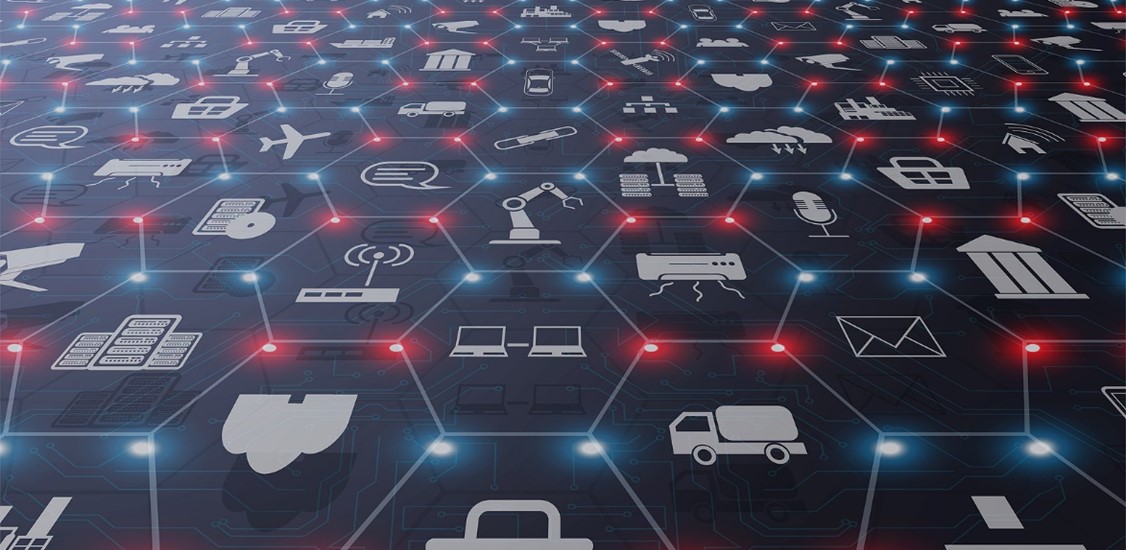The Internet of Things (IoT) has continued to expand at a phenomenal rate worldwide. Combined with the effects of the pandemic, an increasing number of companies are eyeing up further digitization across their platforms. This shift translates into higher demand for IoT-related products as well as services.
IoT hosting is instrumental to delivering company goals of convenience and speed – and it's growing as a result. In the past five years, the IoT hosting market grew $800 million more than originally predicted and this maturing market is still expanding.
However, with many IoT platforms linked to the same cloud vendors and the market becoming saturated, businesses are struggling to identify the best connectivity model for their needs. Typically, enterprises agree to a monthly or yearly subscription fee for platform hosting. However, some providers are turning to a device-by-device model.
Let’s look at how this pricing evolution is shifting the solution possibilities for IoT vendors.
The push for subscriptions
Back when IoT was in its infancy, the market thought that consumers would happily sign up for monthly subscription services and that the overhead costs for IoT services would be passed on to consumers. And, as a result, the effectiveness of IoT connectivity services wasn’t a big deal.
Why? Because in the end, it would all be paid by the end-user. However, the problem is that this model hasn’t been effectively implemented. On top of that, not many end-users want to pay a subscription for IoT – even if it’s a small amount. Much like music and news services, many customers don’t pay for subscriptions once they get a taste for free. This means that, unfortunately, vendors face much stiffer competition and smaller receipts.
Right now, it’s also worth considering the impact of inflation. The increasing cost of living is encouraging end-users to spend their money on the essentials. This means that digital subscriptions are often the first cuts from the budget. For example, Netflix recently announced that for the first time in a decade its number of subscribers has gone down. The platform has blamed the rise in the cost of living leading to many tightening their belts.
In IoT, the idea had been that subscription revenue streams would cover the costs of cloud hosting – though they never truly came to fruition.
The risk of fluctuating prices
However, while the subscription payment model largely failed for IoT consumers, it remains the main payment method for IoT vendors. Currently, most device creators utilize cloud vendors to power the hosting of their IoT platform. In turn, they pay a monthly or yearly subscription fee for the service.
The issue with subscriptions is that costs can and do change over time. For example, when it comes to subscription-based IoT pricing, this is achieved via an IoT Application Enablement Platform (AEP). Centralized cloud solutions like Microsoft Azure and Amazon Web Services protect themselves against the long life cycles of IoT devices. In short, they charge a premium.
As businesses grow, they often require more capacity to facilitate connectivity, which means they could be on the hook for long-term (and costly) subscriptions. It’s in this context that connectivity models are shifting as providers require predictable, transparent and affordable hosting that can be accounted for upfront.
The rise of device-by-device hosting
The good news is that hosting is evolving. While subscription connectivity continues to serve the majority of the industry, more flexible models are entering the market. For example, the rise of by-device connectivity enables flexibility that was previously not possible.
This connectivity method bypasses the cloud with peer-to-peer (P2P) technology, thereby using servers to mediate the connection between client and device. As a result, data privacy becomes a non-issue and low latency (thanks to direct connection) facilitates the best possible user experience. Better yet, providers don’t need to worry about fluctuating cloud costs.
In my mind, there are three major benefits to per-device connectivity:
- Connectivity at one cost: Rather than an ongoing subscription, this emerging model enables IoT connectivity at a fixed cost. That means hosting setup, maintenance and support, as well as device license prices, are clear from the start.
- Zero fluctuation: The removal of cloud hosting means the removal of fluctuating cloud expenses. This predictability is especially important in the world of connected devices where profit margins are thin.
- More transparency: The status quo of connections means that providers don’t know their expenses until the subscription charge arrives. By paying upfront for hosting, device makers can view connectivity as a component and adequately anticipate costs.
It’s exciting to see the development of novel connectivity models following years of subscription dominance. While subscription connectivity works for some projects, it doesn’t work for all projects. And as more devices enter our homes and workplaces, and costs become increasingly important for consumers and device makers, we should expect to see more innovation in the way our devices connect. Watch this space.






















